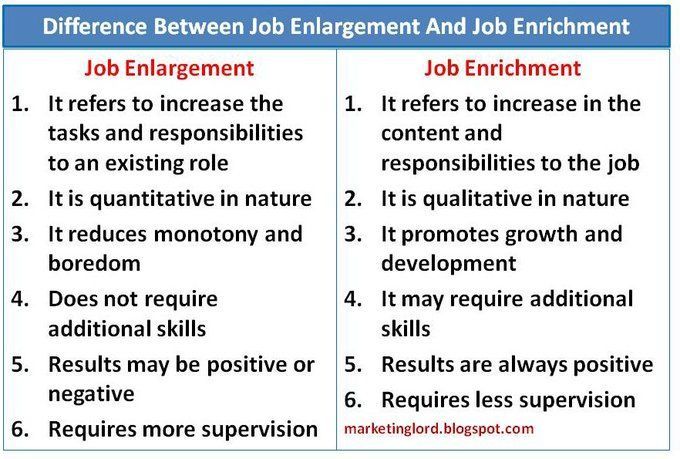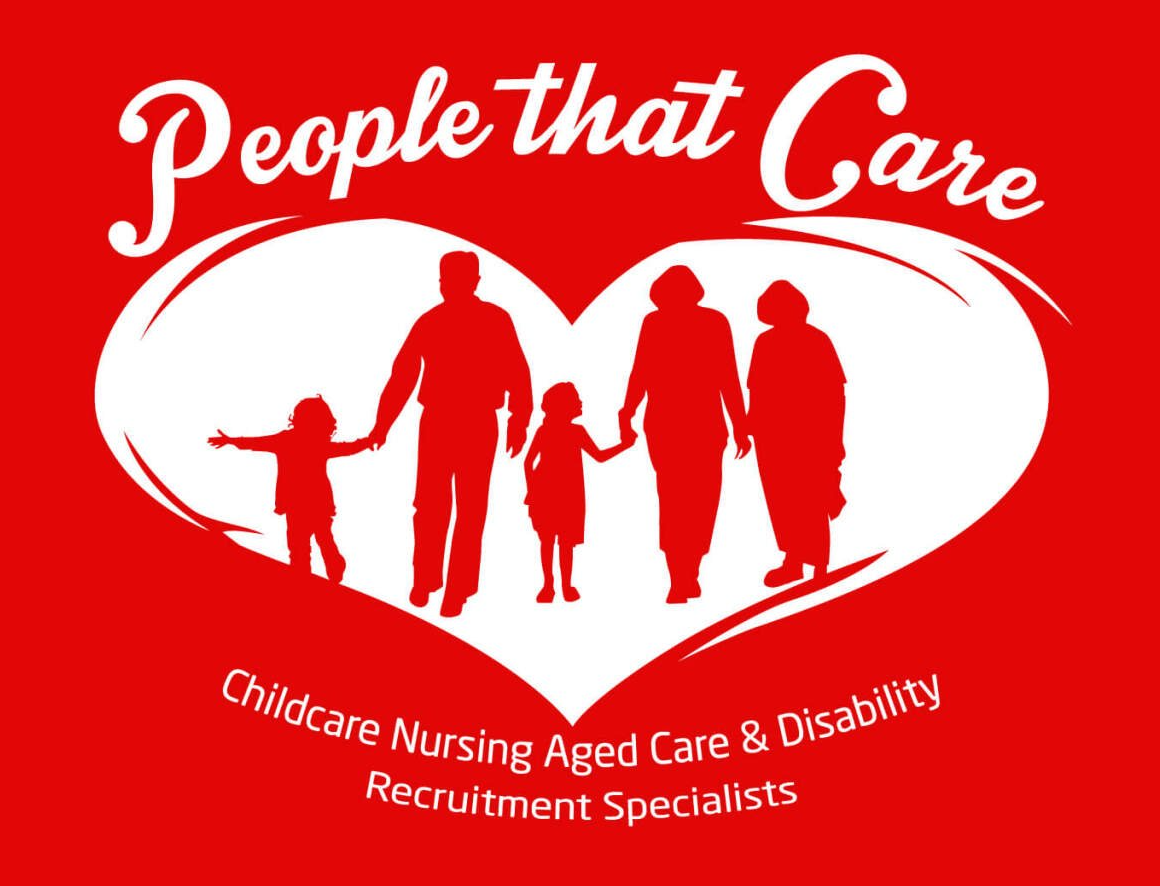Progressive Discipline: Steps for Creating Discipline in the Workplace
When it comes to managing employee behavior and performance issues, the progressive discipline process offers obvious benefits
One of the most difficult challenges for many companies is the need to address negative behavior and performance issues in the workplace. Without a concrete plan to manage discipline, decisions may end up being arbitrary, inconsistent, and even open to legal action. That's why it is incumbent upon businesses to develop sound disciplinary policies that clearly outline how these problems are addressed. A progressive discipline process is one commonly used option.
In this post, we'll provide a progressive discipline definition and explain its many benefits. We'll also examine the steps that are commonly used in any system of progressive disciplinary action.
What is progressive discipline?
Progressive discipline is a process that involves a structured approach to correcting employee behaviors. Organizations that adopt the progressive disciplinary process implement a system of corrective actions that escalate in severity with each infraction. This allows management to provide helpful notice to employees that gives them an opportunity to correct their own behaviors or performance issues and avoid any escalation in discipline.
Since organizations should use disciplinary processes to correct undesirable behaviors rather than punish offenders, this progressive approach offers one of the best ways to achieve that goal. It ensures that management communicates problems to employees in a clear and timely manner and provides a structured way to encourage improvements in performance and behavior. For managers who may struggle to deal with problem employees, this process can also provide a guided approach to engaging in difficult conversations.
What are the benefits associated with progressive discipline?
There are many benefits for companies that implement a progressive disciplinary policy for their organizations. We've listed some of the most important benefits below.
- This type of discipline process can help managers and employees to resolve concerns before bigger issues arise
- The progressive disciplinary approach can facilitate improved communication between management and their workers, which can help managers to develop more productive and higher-performing teams
- Implemented properly, this disciplinary approach provides employees with fair notice about expected behavior and results, and promotes accountability
- By using a progressive series of increasingly severe corrective measures, employees have incentive to self-correct
- Management can avoid arbitrary decisions that could lead to negative consequences, including legal concerns in some jurisdictions
- Employee retention and job satisfaction tend to be higher in environments that provide clear expectations and a fair, just, and consistent disciplinary process
- Because steps in the process are typically well-documented, employers will have an easier time defending difficult decisions about suspensions and terminations
What are the typical steps of the progressive disciplinary process?
To understand how a progressive disciplinary process works in a real-world company setting, let's examine a typical step-by-step progressive approach. Some of the most common disciplinary policies use a four-step framework that involves increasingly serious consequences for the employee.
1. Verbal warning
This is almost always the first disciplinary action in any progressive discipline system. As soon as an issue comes to management's attention, someone is tasked with warning the employee about the problem. This warning can be delivered in either an informal or formal meeting, during which the employee is told about the behavioral or performance problem. In many cases, management also provides the employee with recommended steps that they can take to correct the issue so that further action can be avoided.
Even though the warning is delivered verbally, company policies should require that the person issuing the warning document important details. These details include vital information like when the warning was given and the behavior or other issues that prompted the action. The documentation should also list everyone involved in the meeting, the actions the employee agreed to take to correct the problems, and whether any follow-up conversations are scheduled.
2. Written warning
When verbal warnings don't lead to the necessary positive change, management then typically follows up with the next progressive disciplinary step – the written warning. This is a more formal action designed to signal to the employee that the issue has become a more serious concern. Some companies include the possibility for multiple written warnings within this stage of the progressive discipline process.
The written warning should describe the employee's failures, the policies that have been violated, and specific steps that they must take if they want to get back in the company's good graces. It should also provide fair warning about the consequences the employee will experience if those corrective actions are not followed. Employers should allow employees to discuss the document and should inform them that signing it is simply an acknowledgment that they received the warning.
Again, everything about this meeting should be documented, and the documentation and written warning should be placed in the employee's employment file. That documentation should include details about the participants in the meeting – all of whom should have signed the warning - as well as the agreed-upon action plan to correct the behavior and other important information that provides an accurate historical record of the meeting.
3. Final warning, including possible suspension period
Once the written warning step has been exhausted (again, some companies may provide as many as three written warnings before escalating the process), the next stage of the progressive discipline process is considered the final warning. This is another document-based corrective action that basically puts the employee on notice that any continued failure to correct the problem will result in termination. Sometimes, this final warning can also be accompanied by a period of suspension without compensation.
Like the other warnings, this one should be well-documented with details about the policies that have been violated and what the employee was told to do to correct the situation. The documentation should also note that this is the final warning. It must be signed by everyone present at the meeting and stored in the employee's employment file.
4. Termination
As you might expect, the most drastic and final step of the progressive discipline process involves the termination of the employee. While the entire process is designed to correct behavior and avoid this step, there are times when there is no other option but to fire an employee who fails to correct behavior or performance issues. This step also requires detailed documentation and careful attention to the details.
Larger companies will typically want to handle termination through human resources, and sometimes in consultation with employment lawyers if potential legal issues could arise. Witnesses should always be present whenever possible and the employee should be given a detailed review of the entire process, beginning with the verbal warning. The termination notice itself should be provided in written form, with a copy placed in the employment file.
The appeal
In addition to that four-step approach to corrective action, effective progressive discipline often includes an opportunity to appeal decisions made in each step of the process. This provides the employee with an opportunity to offer evidence or arguments in opposition to the discipline. Sometimes, employee behaviors involve disabilities or other issues that may require some sort of accommodation. The appeals process can help to promote fairer outcomes based on the best available information.
Designing your progressive discipline policy
If you're tasked with implementing a progressive disciplinary process in your workplace, it's vital to ensure that you have a well-constructed policy that outlines every key detail. Make sure that yours includes each of the following elements.
Details about each step of the progressive disciplinary process
This section of your policy should outline each progressive step your company takes to address employee misconduct and performance concerns. You may want to include a brief explanation of each, so that employees know what to expect if they fail to meet expectations.
Exceptions that may result in immediate termination
Some violations of policy are so serious that they qualify for immediate termination of employment. You should cite specific examples of these actions. For example, criminal activities, physical abuse of co-workers, theft, and similar actions may fall outside of the normal progressive discipline scheme.
Any necessary disclaimers
Each policy should also include disclaimers that preserve the employer's right to enforce the policy, disregard certain elements when necessary, or make needed changes. Legal issues like at-will employment should also be addressed in this section.
Adhering to your company's progressive discipline policy
Once you have a policy in place, it's important to make sure that it's followed as rigorously as possible. Employees tend to adapt to the prevailing company culture, and any failure of consistency or fair application of policy will impact their adherence to company rules, productivity goals, and other performance and behavioral metrics.
Progressive discipline: a powerful tool to impact employee behavior
Without clear disciplinary policies in place, any company will struggle to achieve a fair and balanced application of rules and expectations. Fortunately, the progressive discipline approach offers a clear and understandable approach to managing and correcting negative behaviors and performance issues. By creating and implementing your own progressive disciplinary processes, you can develop a powerful workplace culture that helps employees to overcome their shortcomings and meet your expectations.
Source: https://www.topresume.com/career-advice/progressive-discipline-steps-for-creating-discipline-in-the-workplace?irclickid=Tta1D5WLxxyPWrzyw8x3kVkfUkHyvu1BqScsTE0&utm_source=impact_affiliates_19020&irgwc=1&pt=yZcA5YTzqIRnQ


People That Care Australia does not receive any funding to operate its business. All profits are used to improve the service we offer to Jobseekers.
USEFUL LINKS
FOLLOW US
STAY INFORMED
You need a helping hand with your project?
We will get back to you as soon as possible
Please try again later
CONTACT US
Contact Us
We will get back to you as soon as possible.
Please try again later.
All Rights Reserved | People That Care Australia
Made with 💛 by Shazamme
